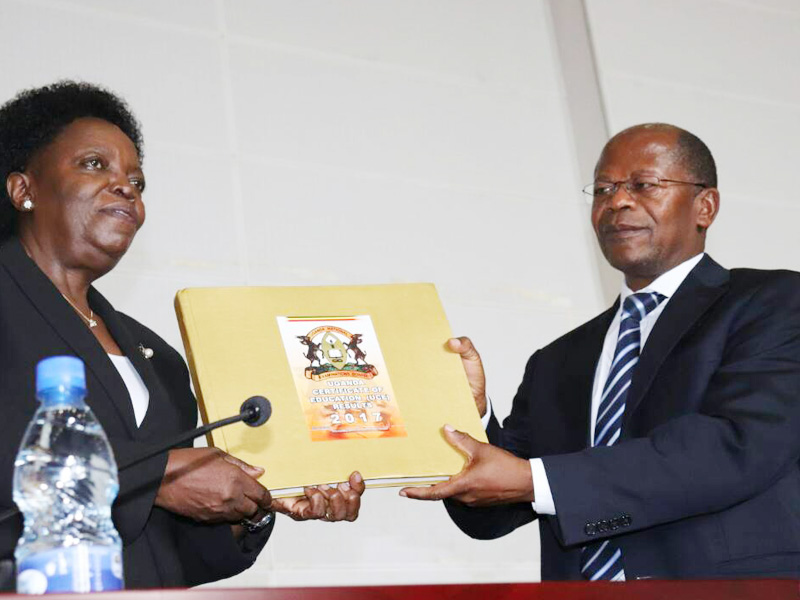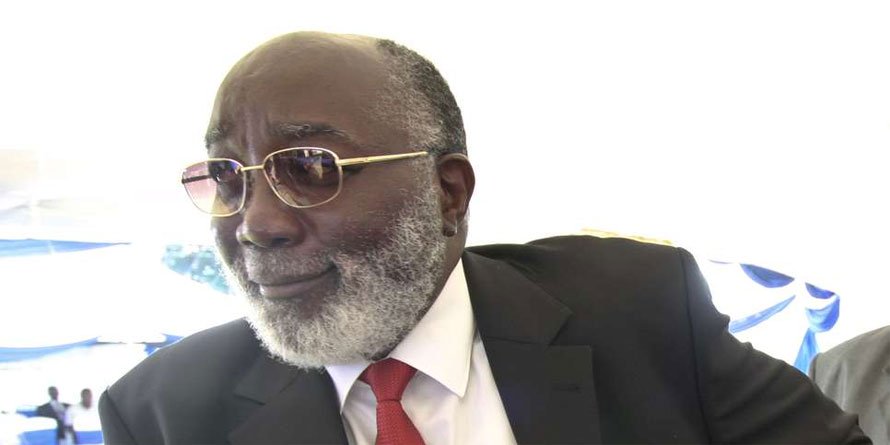The Ministry of Education and Sports will need some 4.31 trillion Shillings to support the process of unclogging the education system upon reopening schools.
At 78-weeks of school closures, Uganda is currently ranked first among countries that have totally closed educational institutions as a result of the COVID-19 induced lockdown. However, a reopening is expected in January next year.
As an irreversible consequence of the lockdown, learners have already lost two years of study leading to multiple cohorts (2020 and 2021) being enrolled in the entry and transition grades in primary one, senior one, senior five- and first-year tertiary institutions.
But a report of the National Planning Authority-NPA on school reopening shows that the clog in the system is most likely to exert unprecedented pressure on facilities and learning needs with an increased demand for teachers, instructional materials and infrastructure which all call for additional funding.
“…the country will need an additional 4.31 trillion Shillings to build 62,000 additional classrooms, assuming a pupil classroom ratio of 53:1; and to recruit 73,700 additional teachers assuming a teacher-pupil ratio of 1:43, within one financial year,” The NPA report shows.
Despite the call for additional funding, the Ugandan education budget has already suffered cuts, an indication that it is unlikely that additional funds will be available for reopening schools. The NPA report notes that in the unfortunate case that there is no funding available, the education budget will need to be concentrated on key budget lines.
Sources at the education ministry noted that authorities have realized that the foreseen pressure on the system is more likely to be caused by double classes thus devising means of eliminating the possibility of having two cohorts of the same class running at the same time.
“There will be time allocated on the school calendar to ensure that learners transit from the classes where they have been trapped for the last two years to the next classes. That suggested plan will eliminate a possibility of having double classes and thereafter the system will flow normally,” says the source.
However, the NPA report recommends that if the ministry cannot access funding, it should automatically promote all learners to the next grade regardless of the amount of learning achieved to avoid clogging the entire education system with multiple cohorts in the same grade and delayed enrollment.
Filbert Baguma, the General Secretary of the Uganda National Teachers’ Union, says that although suggestions by NPA and the education ministry sound good, the pressure will still exist at entry point; the primary one class. According to him the said class will have three or two cohorts in one.
“Primary will attract learners that have reached the required age of joining primary in 2020, 2021 and 2022. Without question, there is a need to plan for the class. it will be two or more classes in one meaning it will require the government to double resources in terms of teachers, infrastructure, instructional materials among other aspects,” says Baguma.
Available statistics from NPA indicates that the primary one class expects to have 2.5 million learners who didn’t go to school during the skipped 2021 intake alone. The said figure is most likely to increase up to 5 million learners after adding the projected 2.5 million learners that will be of school-going age in 2022.
Dr Kedrace Tulyagyenda, the director in charge of Education Standards, notes that in their plans, they are aware that every learner who has turned six will be enrolled in primary one. Tulyagyenda, however, couldn’t tell how the ministry is planning to handle the said classes with the current resource.
But, Baguma advises that as other entities are running to parliament to seek supplementary budgets, the Ministry of Education should have considered a similar approach to support the sector at reopening. “Time waits for no man, obtaining funds and putting in place the required infrastructure is urgent and should be treated in the same way,” he said adding that; “
Just as Baguma suggests, NPA has also made comparative studies and found out that the majority (56 per cent) of low-income countries have increased their education budgets on reopening schools due to the surge in education costs particularly aimed at complying with the SOPS and redemption of the deteriorated infrastructures.
In the same development, 22 per cent of the low-income countries that have so far failed to increase their education budgets have opted to maintain the same budget but reprioritize and reallocate the previously earmarked funding.
-URN






But will the government be able to provide funds.